6th Mar 2024
Wednesday One-Off: 1938 Mercedes-Benz 540K Stromlinienwagen
by Collecting Cars
Humankind has gone to exhaustive lengths when it comes to the pursuit of speed, constantly pushing both people and machines to the limits of the capabilities of each era. This quest for testing and expanding these limits has led to impressive feats of both bravery and engineering genius over the decades; whether seeking an outright land speed record, setting ever-quicker times around racetracks, or simply satisfying our desire to get from point A to point B faster than anyone else before us.
This week’s Wednesday One-Off was originally created to accomplish the latter, built with the intention of competing in the 1939 Berlin-Rome race. However, fate intervened, and this machine found a different purpose, before being forgotten to time, only to be discovered by a dedicated archivist after more than 50 years. The car in question is the 1938 Mercedes-Benz 540K Stromlinienwagen.
This aerodynamic marvel started life using the chassis from the W29-generation 540K sports cars, and it was planned for use in the following year’s road race from Berlin to Rome. However, the race would never come to fruition for obvious reasons, and a grid that would have been a remarkable sight was never assembled. The 540K Stromlinienwagen would have sat alongside the likes of the Porsche Type 64, the DKW Streamliner Coupe, and the BMW Berlin-Rome 328 Touring Roadster, to name just a few. These cars showcased the very best in aerodynamic design at the time and would have presented as a sea of gleaming silver and polished metal, with shapes that would have seemed like they were from the realms of science-fiction at the time.
The Mercedes-Benz 540K Stromlinienwagen exuded the marque’s style and class, with refined but purposeful styling that reflected its focus on speed. The swathes of chrome and dramatic outboard fenders of the standard 540K coupes, cabriolets and special saloons were gone. In their place was an imposing front end, which still retained some shapely front fenders, though they were now closer to the body, and formed a solid yet smoothed front, which channelled the wind up and over the car.
A set of partially recessed headlights was accompanied by a third spotlight nestled into the large front grille. This eye-catching element was not just a statement piece; it was entirely necessary to aid in cooling the potent supercharged straight-eight engine, which sat beneath the elongated bonnet. Running at 3,600rpm, it was said to be able to achieve a top speed of 185kph (115mph), hence needing as much cold air as possible, as well as multiple vent slats on the bonnet to allow the heat from the engine to escape.
The 540K Stromlinienwagen also featured a gorgeous teardrop-style cabin and rear end. The rear fenders were now entirely encapsulated into the bodywork, and the roofline was low and swept back into a tapered rear bumper. The windscreen was a two-piece design that featured gentle curves to direct the wind over and around the cabin, aiding the overall streamlined design.
Unfortunately, Mercedes-Benz never got to see what the 540K Stromlinienwagen would be like in a racing scenario, due to the Berlin-Rome race being cancelled. Its potential would not be wasted though. Due to its impressive performance, it was repurposed and sold to the German arm of Dunlop in June 1938, where it was to be used as a high-speed tyre testing vehicle until April 1940, when the Second World War brought its working life to an end.
Fortunately, the car was kept safe in storage at the Dunlop factory, and was able to survive the remainder of the war. The story goes that it was then acquired and used by a US serviceman before being returned to Mercedes-Benz sometime in the 1950s. There it would remain, tucked out of sight for more than five decades, until an archivist by the name of Gerd Langer came across a number of records about a mysterious vehicle in 2006-2007. Langer subsequently gained permission to explore the Mercedes-Benz storage halls, and among some 900 vehicles he found a chassis, rear axle, and some other parts piled on top.
Continued research by Langer into this unique vehicle revealed details of its history contained within a series of large ledgers listing all passenger car models built, and the archives also revealed the original ‘Linienrisszeichnung’ (outline design drawing) of the 540K Stromlinienwagen. There were also details of the original silver paintwork, grey leather interior, and six photos of the car in a scrapbook belonging to the in-house designer of the time, Hermann Ahrens.
Despite most of the original vehicle long lost to history, the decision was made to rebuild the 540K Stromlinienwagen. Setting about an exhaustive restoration that clearly involved the creation of many new parts, technicians at Mercedes-Benz set about the task of bringing the car back from the brink of vanishing. An impressive amount of information was gleaned from the few remaining parts, and anything that could be reused was carefully restored.
The wooden frame of the bodywork was entirely recreated from referencing the original build drawings, and thanks to a tiny scrap of remaining bodywork it was found that the car had originally used 1mm-thick Duralumin for the flowing bodywork, as used on aircraft and some racing cars.
Experts meticulously studied the original drawings, and were able to extract the necessary details to convert it into a modern CAD data set from which they could reproduce the 3D body. From there a series of profile templates were laser-cut and built into a framework, thus creating a buck over which to form the individual panels. The Stromlinienwagen’s new heart was a supercharged 540K unit sourced from the Mercedes-Benz storage halls and fully rebuilt, while the interior was carefully reconstructed based on a few high-quality photos in the archive.
When the 540K Stromlinienwagen was complete it was taken to the oldest functioning wind tunnel in Germany, where it was tested against a standard 540K Coupe from the same year. The results showed a drag coefficient of 0.57Cd for the latter, while the streamliner came in at a remarkable 0.36Cd, reportedly representing a figure that would not become a norm for passenger cars until the 1960s.
The 1938 Mercedes-Benz 540K Stromlinienwagen is a stunning one-off wonder, which perfectly marries refinement and elegance with precision engineering. Designed for racing, but then used for the crucial role of developing safer tyres, it was more recently saved from near extinction by a team of dedicated and immensely skilled archivists, engineers, designers and fabricators at Mercedes-Benz – bringing this incredible bespoke design back to life.


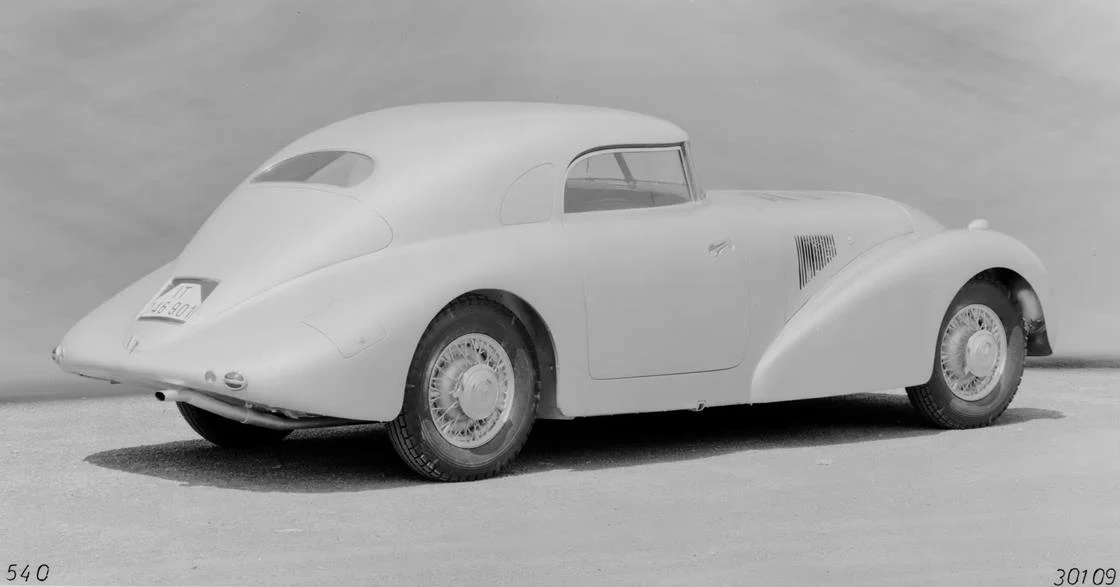
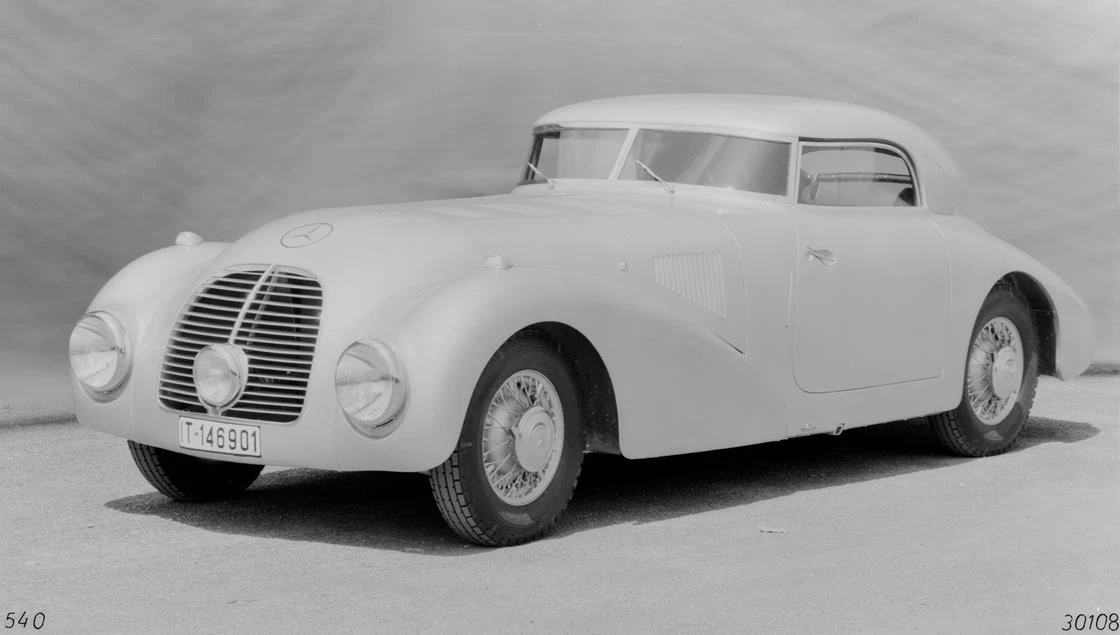
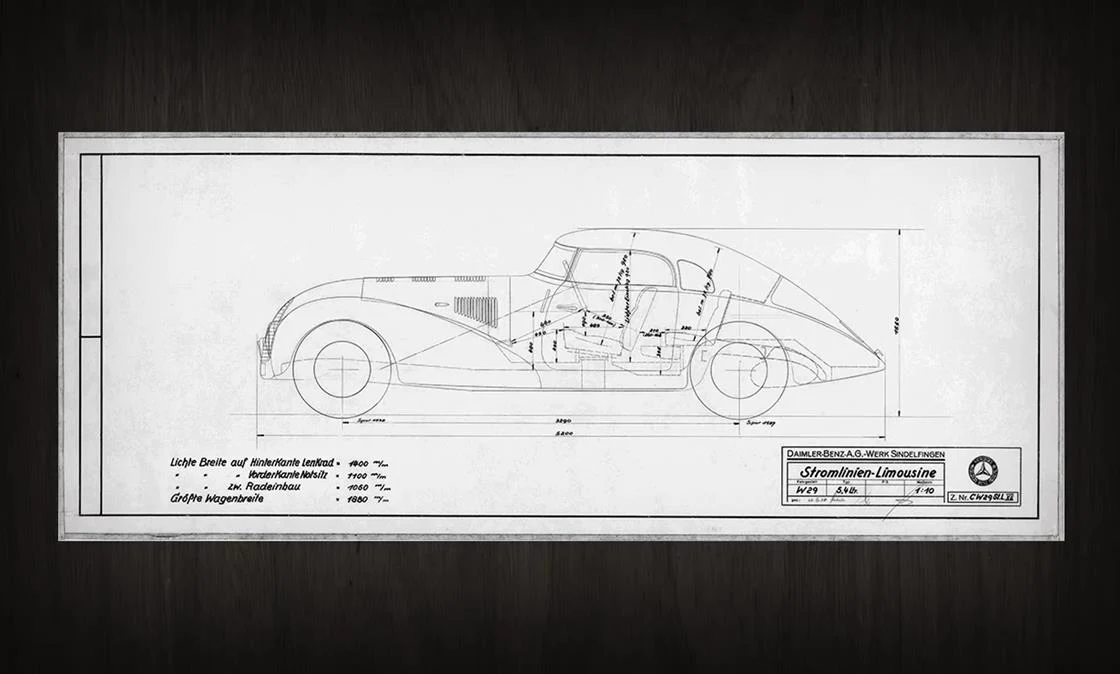
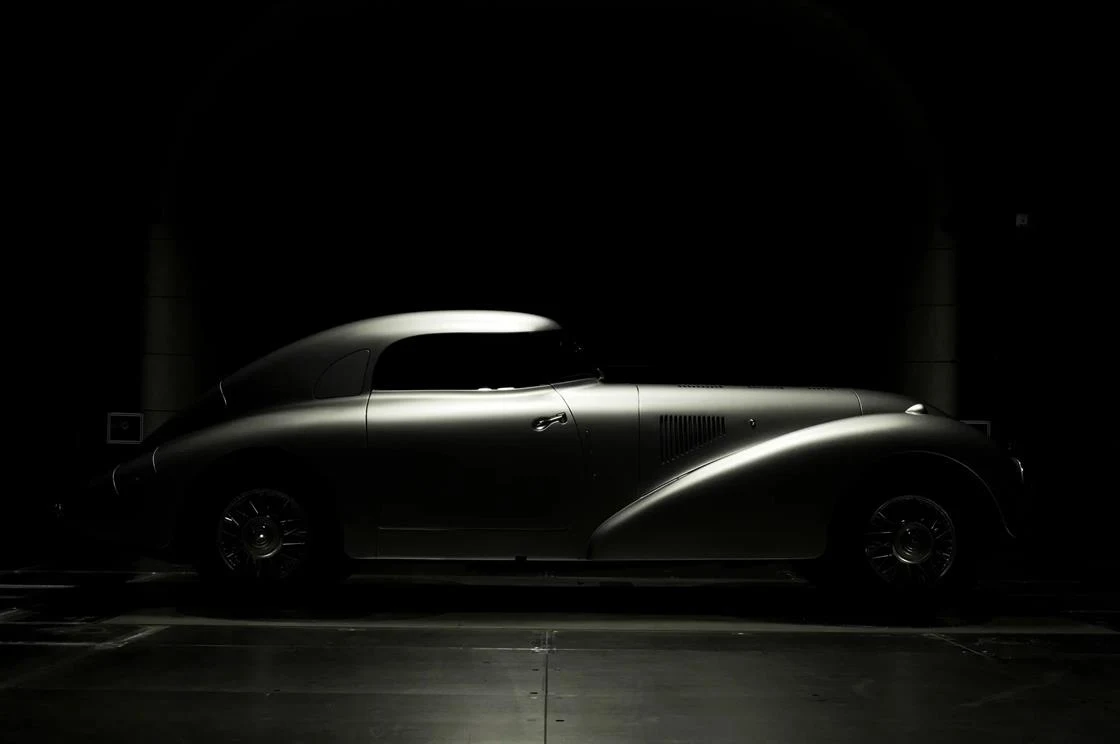
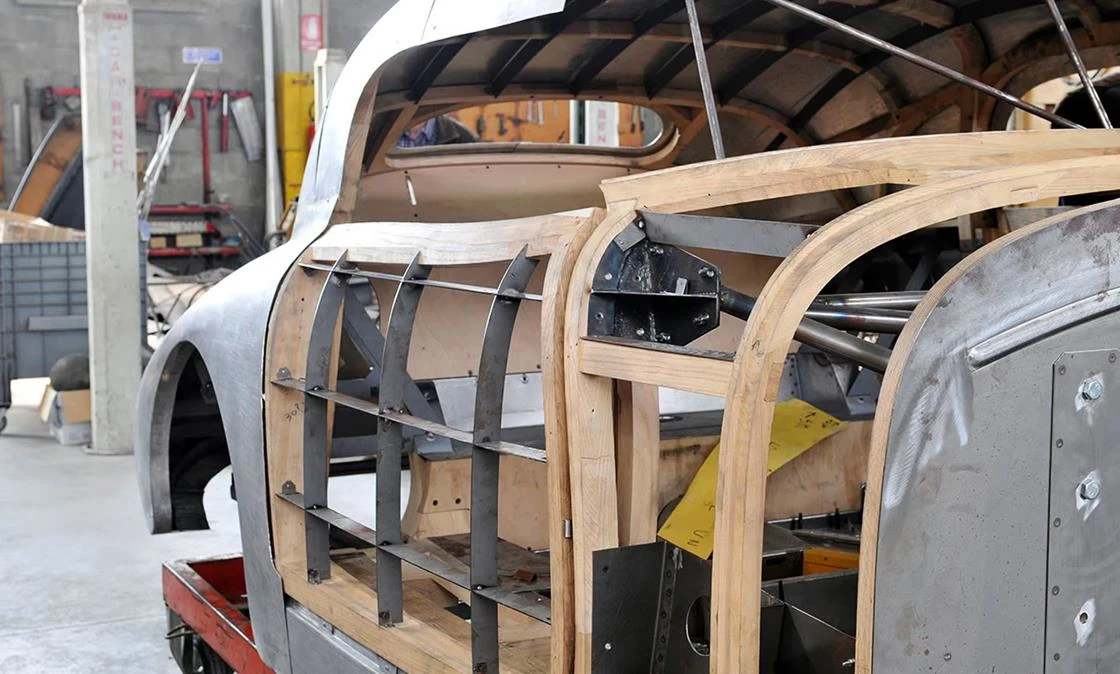
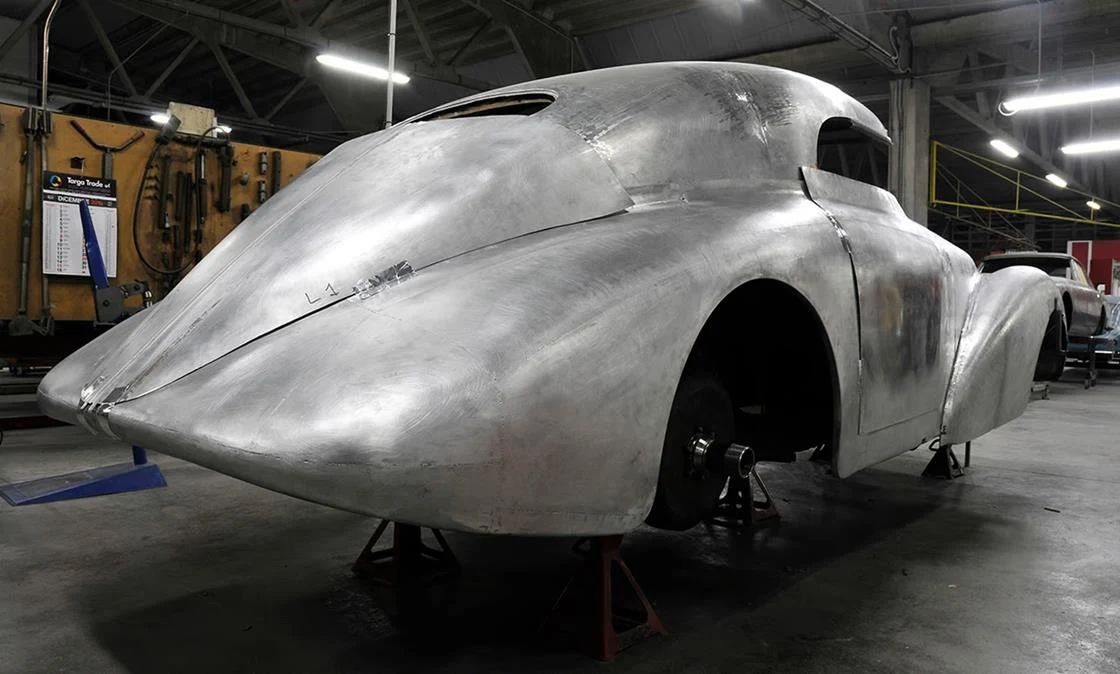
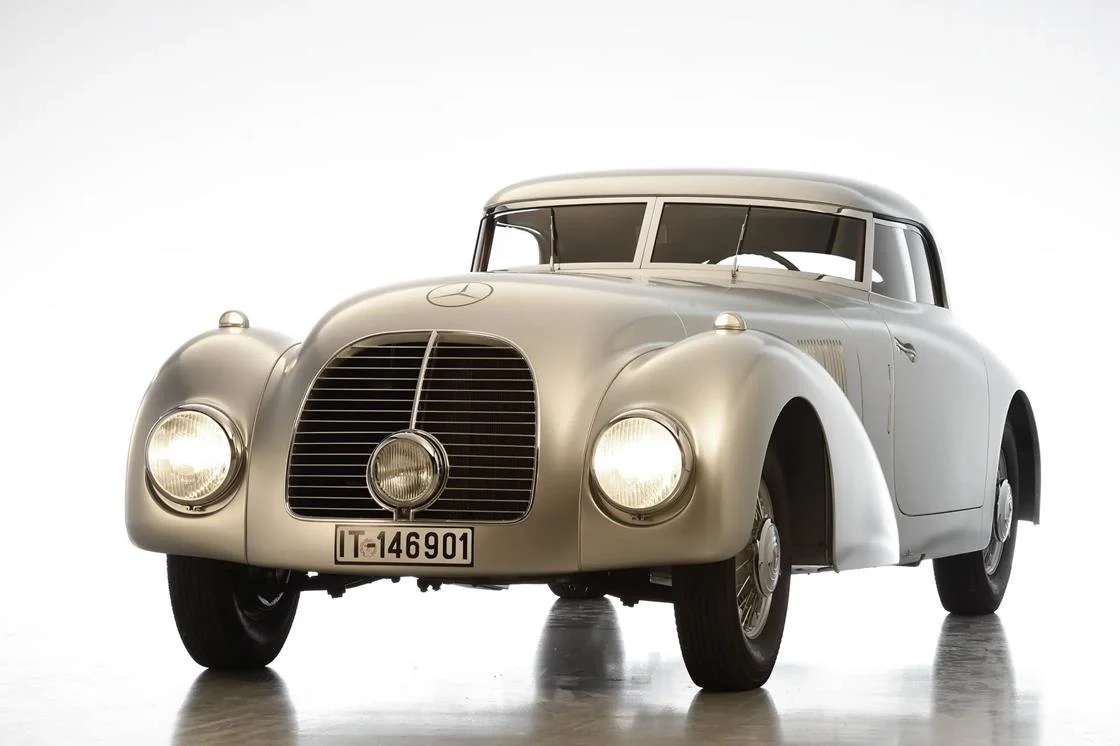
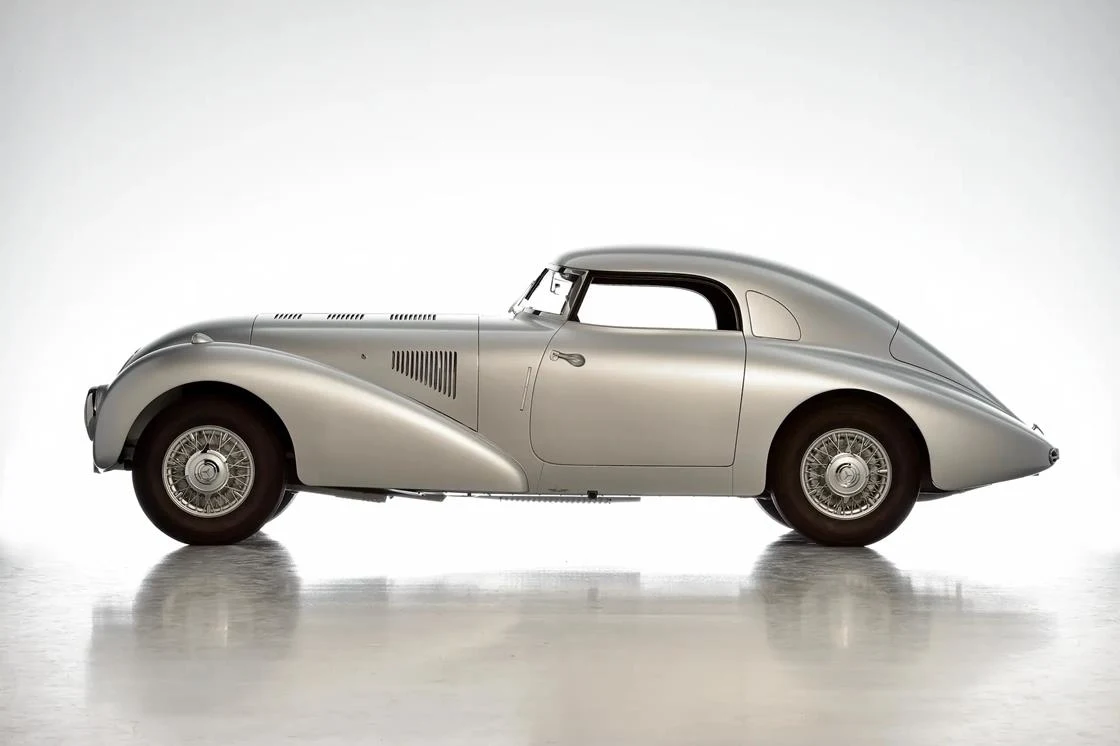
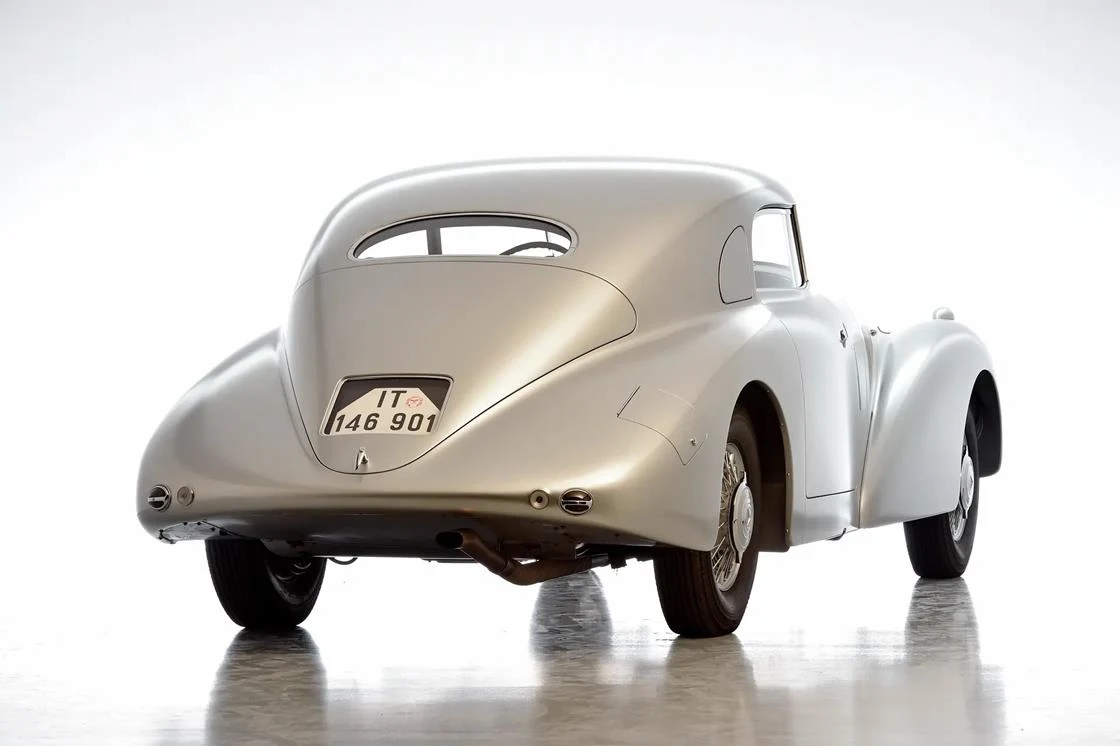
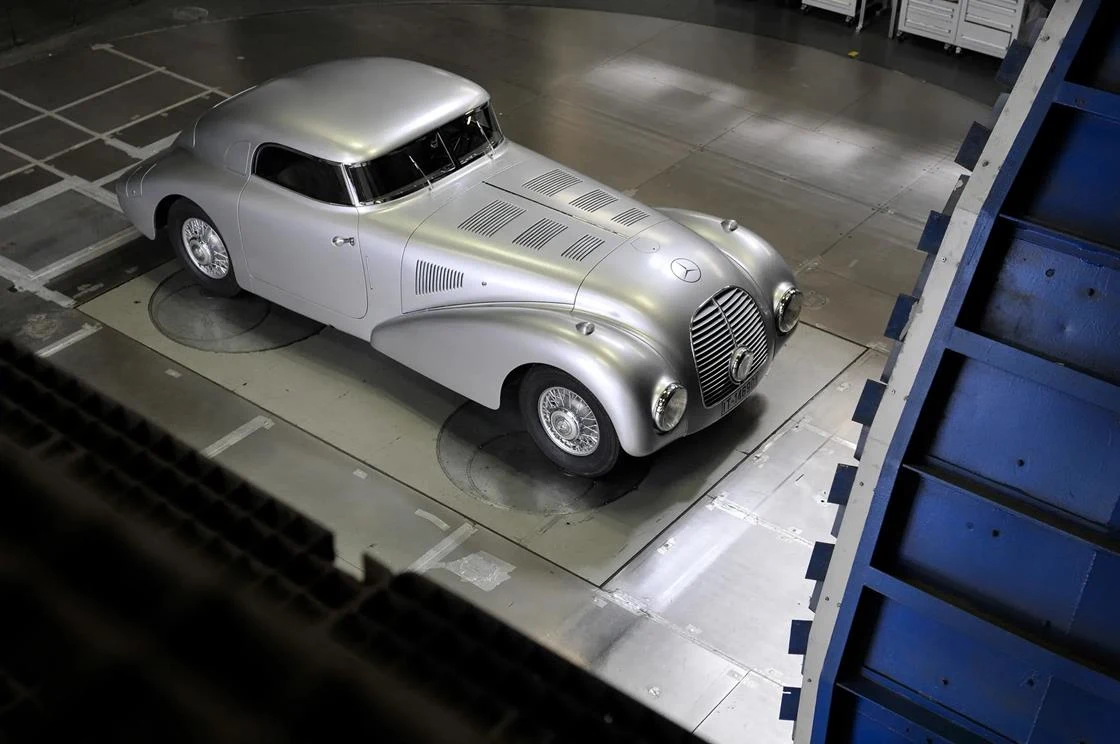
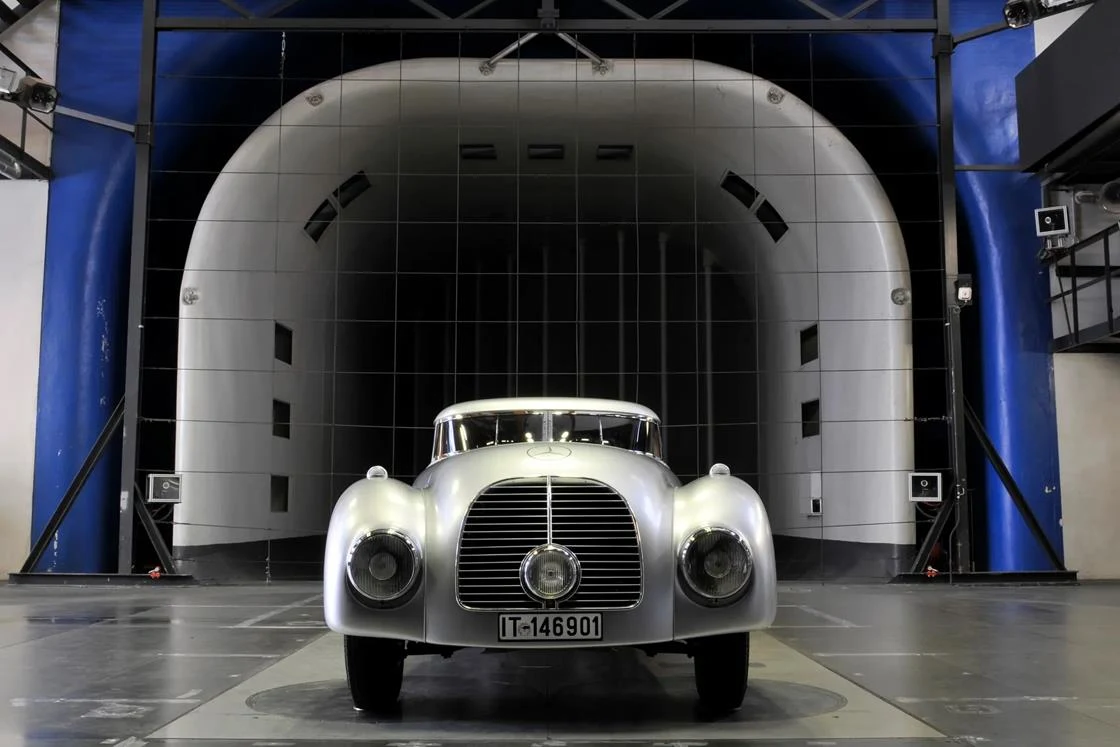




Have your say!